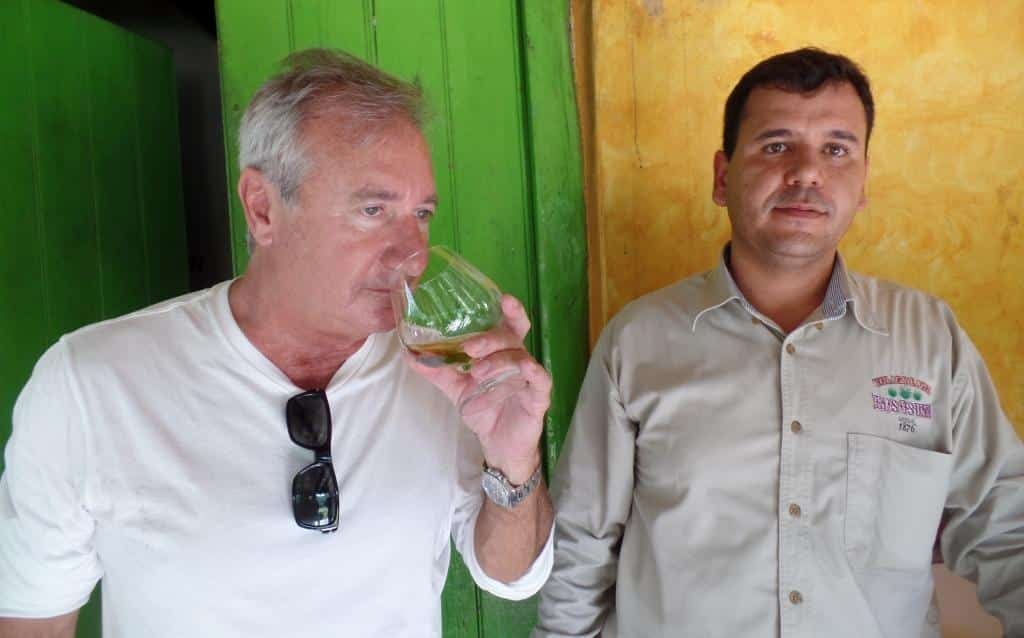
Last week I made my first visit to Mazatlán, Mexico, during the annual Culinary Roots Festival and really enjoyed the four days I spent there. Upon leaving I felt I had just scratched the surface of this small seaside resort town of 380,000:
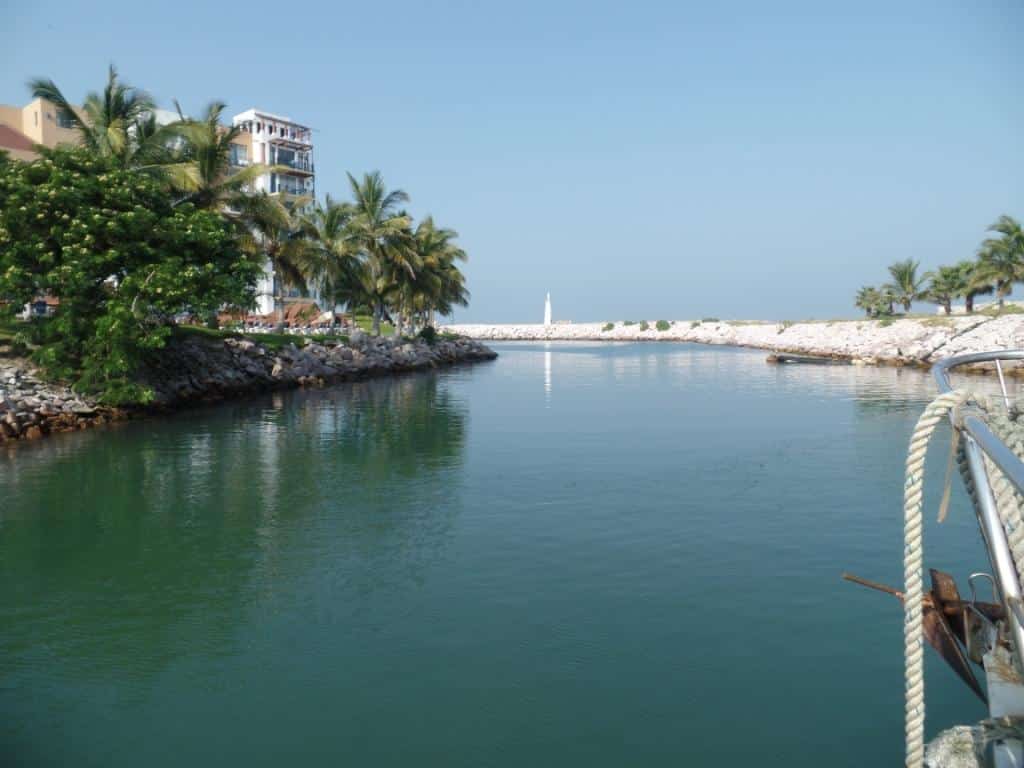
The Mazatlán backstory—and when to go
Mazatlán is located on the Pacific coast in the state of Sinaloa at about the same latitude as Hawaii, so it has warm weather all year long. Summer is very hot and humid, so I’d avoid visiting June through September. Mexicans visit throughout the year and the Americans and Canadians come from Thanksgiving until April. The locals are extremely good-natured and accommodating, and service at the hotels and restaurants is excellent.
Mazatlán began as a port with a fishing village in the early 19th century and prospered as it harvested the area’s abundant shrimp and tuna. Today, Mazatlán has one of the world’s largest fleets of shrimp boats and tuna seiners, and state-of-the-art tuna-canning factories that produce for both domestic and export brands. The amount of shrimp coming out of these waters is staggering. The entire state of Sinaloa is the major food source for Mexico; in addition to fish and crustaceans, fruits and vegetables and livestock are all grown on a major scale.
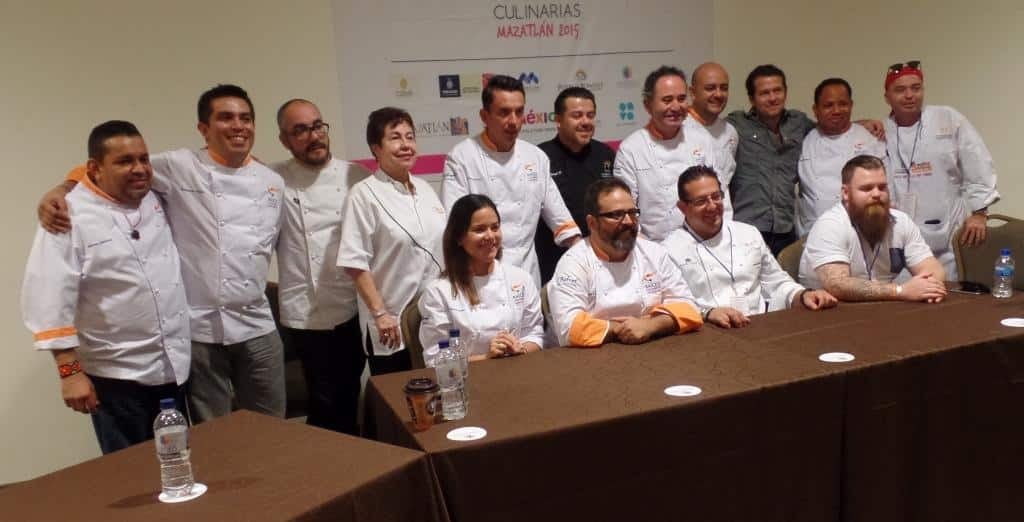
Eating in Mazatlán
Local restaurants are therefore fortunate to have access to a wonderful cornucopia of top-quality ingredients at reasonable prices just moments away. The strawberries in your daiquiri were picked hours ago and actually have a real strawberry taste, which gives you a perspective on the strawberries we get back home—which look, feel and taste like wax. The just-hauled shrimp delivered to the docks came in all sizes, and the biggest ones were well over 18-inches long with tails that were equal in size to those of lobsters.
With the wide variety of fresh ingredients so close by, the food in Mazatlán is quite amazing. The Culinary Roots Festival brought together chefs from all over the world who embrace the concept of utilizing traditional Mexican ingredients and cooking techniques in their restaurant menus. During the first night, in the major square of the old city’s Plaza Machado, there was a presentation by dozens of representatives from all over Sinaloa offering samples of incredibly delicious dishes that utilized these local ingredients. There are many restaurants throughout Mazatlán, and I found that looks can be deceiving. I was underwhelmed with the fare at some of the posh places, and amazed by the extraordinary offerings at some very ordinary-appearing spots.
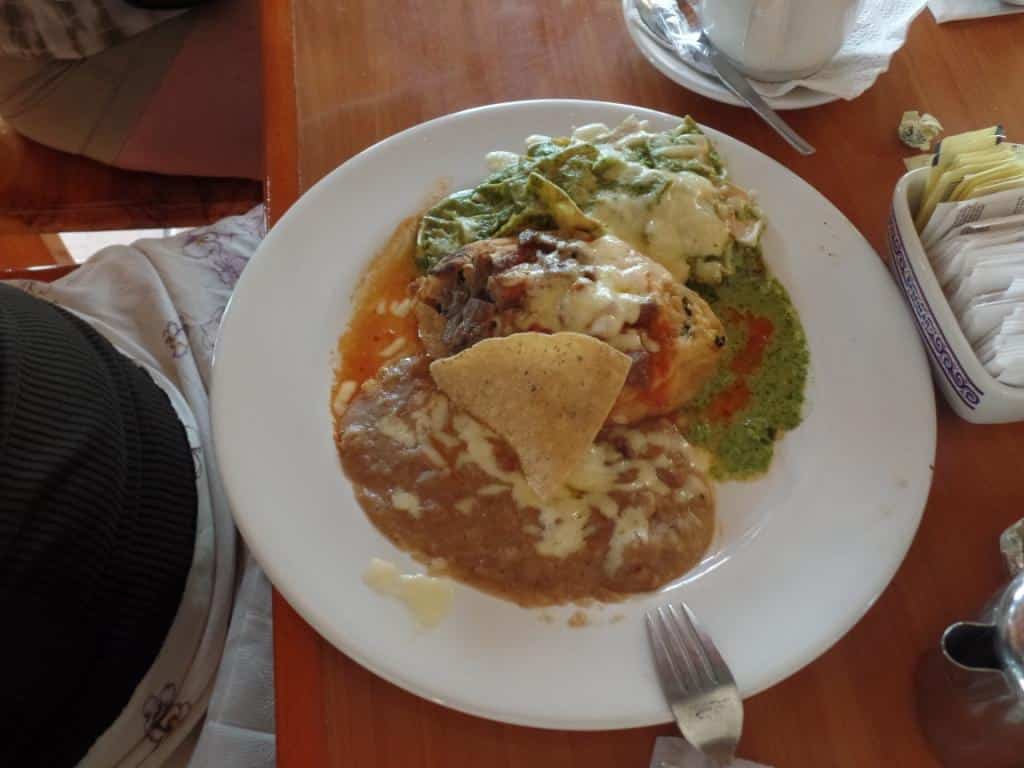
One morning I had breakfast at Panchos, which sits right on the beach. The food is great; it’s genuine old-school Mexican staples like huevos rancheros, chilaquiles and burritos. Again, it’s an unassuming place, but it has great food and great views. The line of locals waiting outside for a table is one clue you’re in the right place for good eats. Another restaurant I can enthusiastically recommend is La Mazatleca—also right on the beach—for great seafood, especially the ceviches of shrimp, tuna and octopus.
My absolute favorite and a must-not-miss is El Presidio, owned and chef-ed by Diego Becerra, a great guy and a big supporter of the Culinary Roots movement. The building that his restaurant is located in has been in his family for three generations and was first opened as a bank. While much of the remnants of the old structure have been retained, a talented local architect has used glass and steel to modernize the facility, without making it feel modern. It has many discreet indoor dining spaces, a beautiful outdoor veranda with lush green flora, and a magnificent bar, and it should be visited at night for one of the best meals you’ll ever savor.
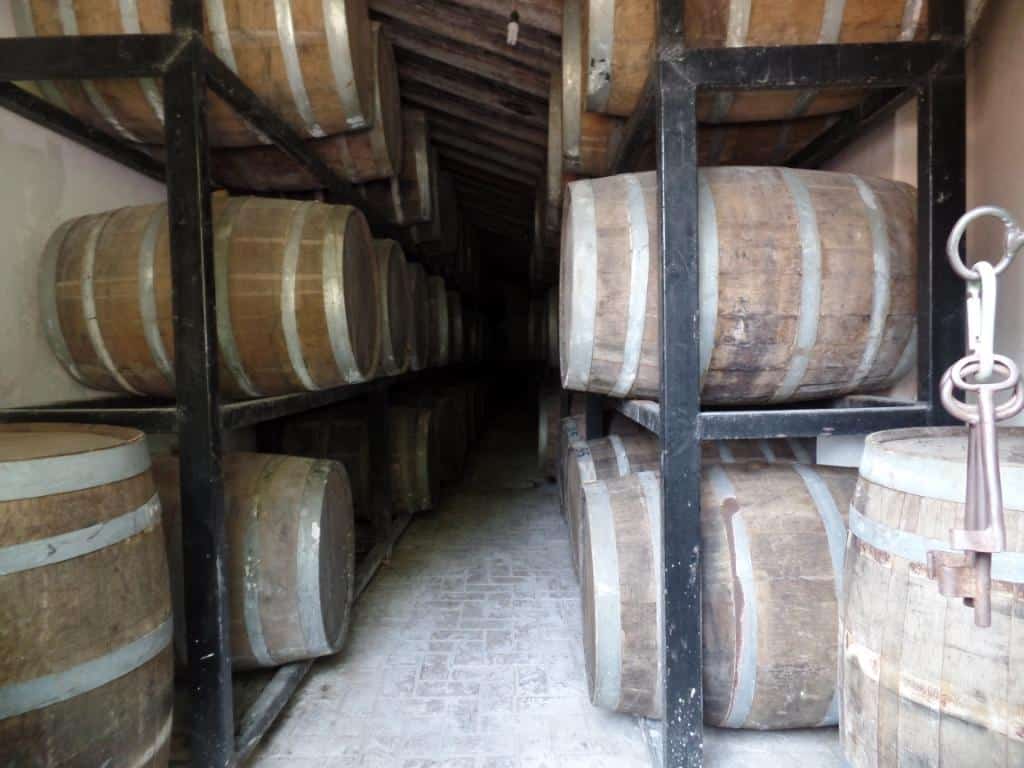
Drinking in Mazatlán
From its early days, Mazatlán has attracted a disproportionate number of German immigrants, and none are more important than the three who in 1900 opened the Pacifico beer factory. You may not have noticed, but on the Pacifico label, inside the lifesaver ring, behind the anchor, is the famous hill of Mazatlán where the world’s second-highest lighthouse has guided ships since its construction in 1879. The easy hike up to the 515-foot summit is a worthwhile 30 minute trek that will reward you with an incredible panorama of the town, port and beaches.
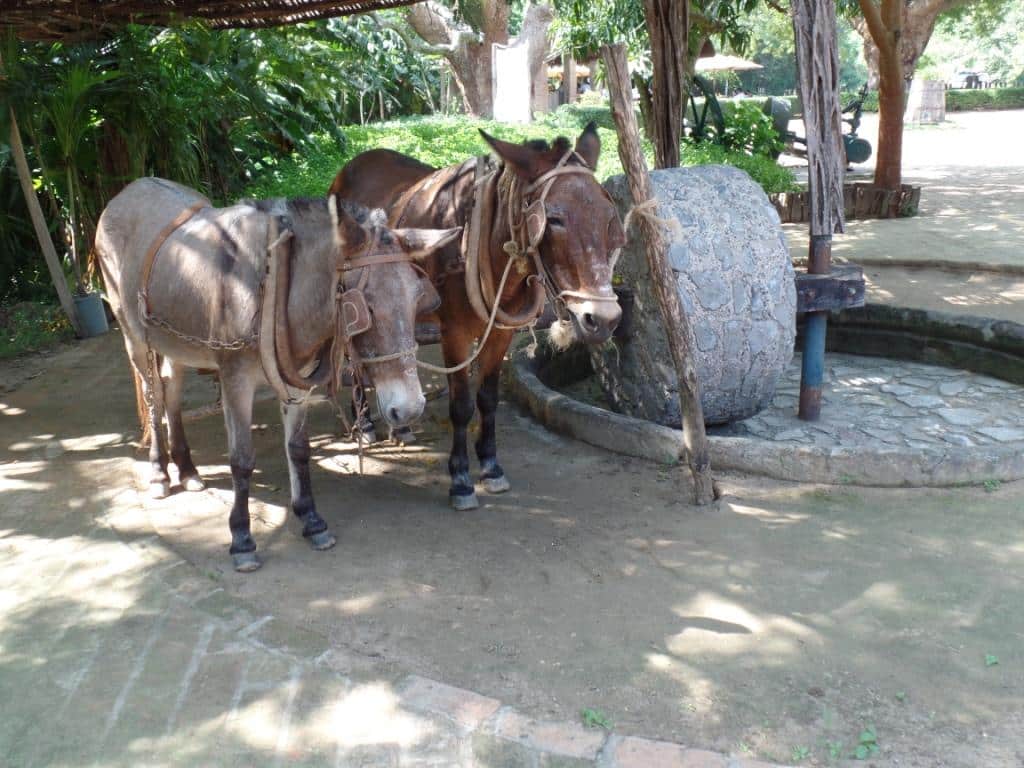
There are many tour guides in Mazatlán that for a modest fee will take you on out-of-town excursions. I went to the Los Osuna tequila factory with tour guide Rodolfo Osuna from Pronatours, and I highly recommend him for any in- or out-of-town excursion. We drove about a half-hour away from my hotel to this small facility, which sits among acres of blue agaves and has been in the family for three generations. The current owners take great pride in producing the highest-quality tequila in very low quantity. They sell only 30,000 bottles per year, which is one day’s worth of sales for Patrón.
[notice align=center]
How Los Osuna “tequila” is made
After the hearts of the agave plant are cooked in large ovens buried in the ground, they’re crushed by a pair of mules pulling a large grindstone in a circle. After the juice is extracted, yeast is added to commence the fermentation process in which the sugars are converted to alcohol. After two distillations, the liquid is put into oak barrels for strategic amounts of time. No time in the barrels results in the clear, un-aged Blanco. The less-than-12-months-aged version is Reposado (rested), and the over-12-months-aged tequila is Anejo (aged) amber-colored nectar. Technically, Mexican law says that only blue agave spirits from certain areas can be called tequila, so Los Osuna can only call its product 100% distilled blue agave, but after sampling all three, I can attest that it is one of the best I’ve ever had no matter the name.
[/notice]
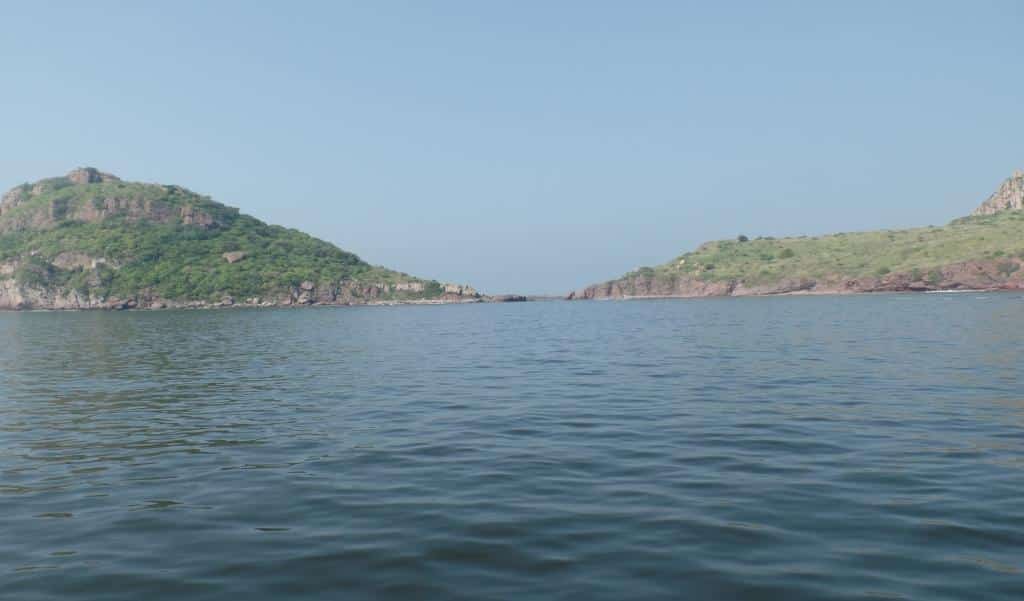
A half-day on Deer Island
Another fun diversion is taking the half-day cruise aboard the catamaran at Marina El Cid. From the marina, it’s a short cruise to Deer Island (just a mile off the beach) where there’s snorkeling and kayaking. Drinks are provided onboard and they set up a bar and serve lunch on the island. There are also private fishing charters out of the marina—and you’ll never have a better opportunity to catch mahi, tuna, sailfish, or marlin than in these waters. You can also visit the El Verde Camacho Marine Turtle Station where turtles are bred and released to the sea. December through April is whale-watching season and migrating humpbacks are plentiful.
Mazatlán was a great time, and I wished I’d planned a longer visit. It’s very accessible with direct flights from LA, Dallas and Phoenix year-round, and in the late fall and winter there are direct flights from Minneapolis. The variety of activities, excellent cuisine and laid-back demeanor make Mazatlán much more than another beach resort, and whether you’re a couple or a family, you should definitely consider making plans to spend some time there.
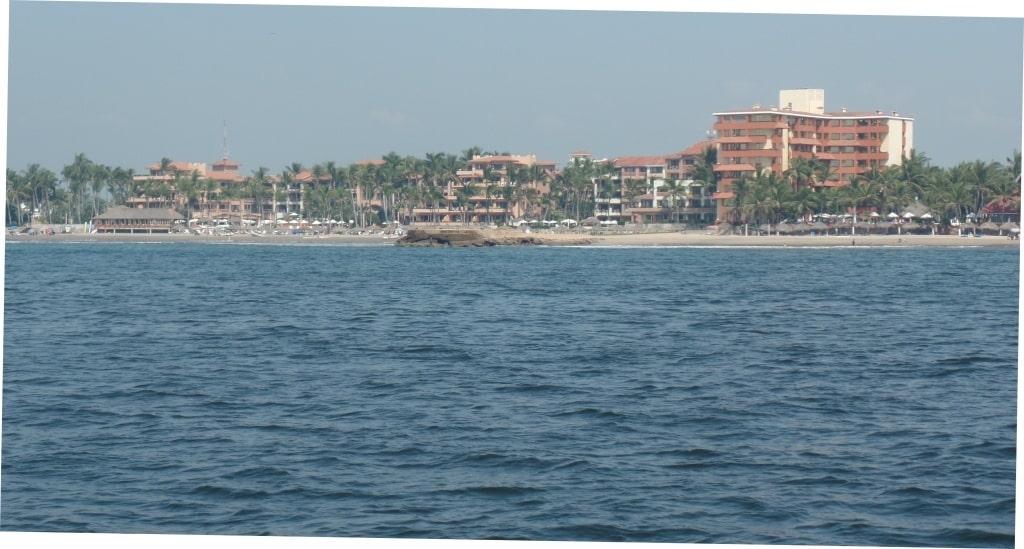
Where to stay
I stayed at the Pueblo Bonito Mazatlán, which is all-inclusive, right on the beach of the “Golden Zone” of Mazatlán. All-inclusives in Mexico are great because you have unlimited food and drink, but besides breakfast and poolside cocktails, I ate most of my meals elsewhere. The hotel is quite nice and has a spa where you can get a great massage for $50.
For more information on travel to Mazatlán, visit mazatlanlife.com.





Great article Tom. Mazatlan was fantastic! Food and drink was amazing, definitely worth a second trip!
Thanks Tracy, look forward to seeing you elsewhere on our travels
Love the article. Great meeting you on the trip! Loved exploring the town and learning about the culinary scene!
Tom, great article. We just arrived for our 6 months stay in the Marina area, north of the golden zone. We will be adventuring out to experience many of your recommendations.
Thanks again for the great article.
I am from mazatlan and it’s not on the Sea of Cortez it also named La Perla del Pacifico because we are on the Pacific ocean. Google it on the map we are not on Sea of Cortez it is not a rocket science, it is basic geography. This is not to insult you, but only to offer correct information.
I know im late; however, I agree! Wonderful blog post! Thank you!